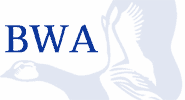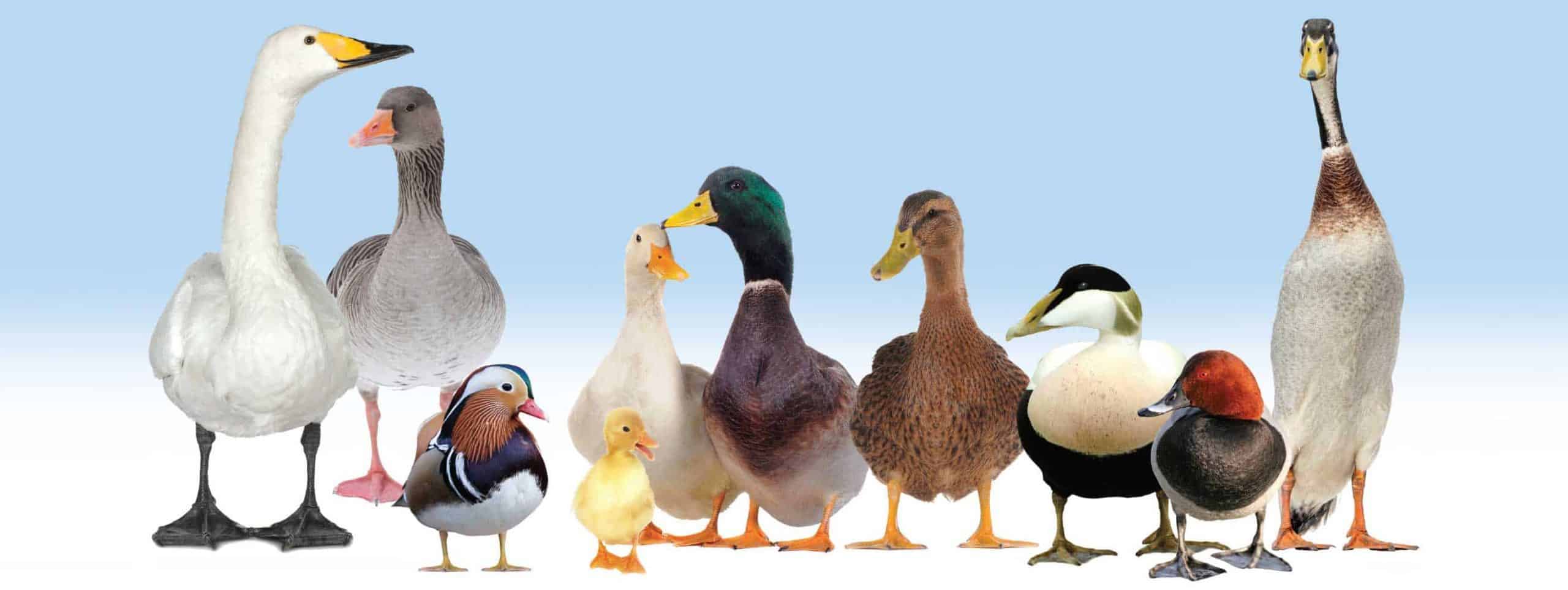Members of the BWA are invited to advertise any birds/equipment they have available for sale. There is no charge. You can submit your advert via the Member Area.
• Bird flu •
Before considering moving birds or equipment, do check whether they are in a restricted zone where this may not be permitted. These areas surround confirmed AI outbreaks and can be viewed on the interactive map on the gov.uk site for cases and control zones.
Listings will usually be removed after two months. Only counties with adverts are included in the county list.
The BWA is not responsible for the accuracy or content of this page.
Filter by County
No data was found


